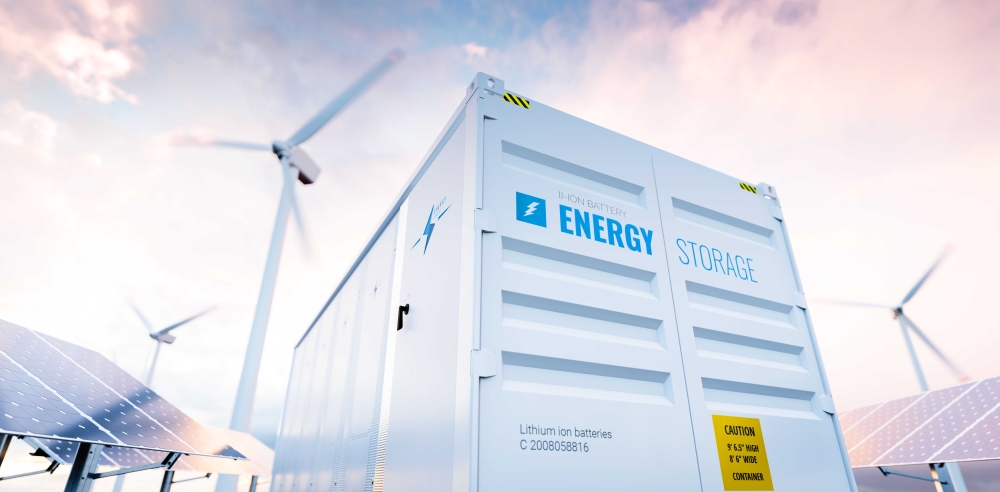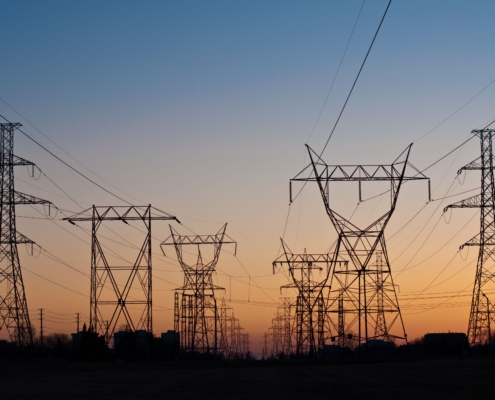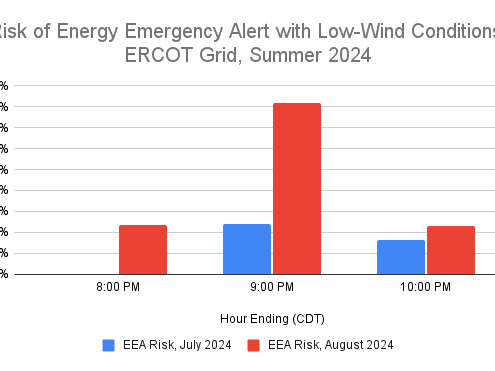Last Updated on May 29, 2023 by Mary Pressler
Smart Energy Consumption: How Batteries and AI Can Achieve Synergy
Traditionally, batteries have been used as a portable electricity source, and as a way to store energy in off-grid homes. However, lithium-ion batteries are characterized by their swift response and their capacity to charge and discharge with minimal losses, while having a much longer service life than conventional lead-acid batteries. For home and business owners, modern batteries can be more than a backup power supply, since they can “shape” energy consumption in a way that yields an economic benefit.
Light companies not only charge for the amount of kilowatt-hours used, but also based on how consumption is distributed over time. Two billing approaches are the most common in electricity tariffs:
- Time-of-use (TOU) electricity rates, where the kilowatt-hour price changes throughout the day based on total grid demand. Electricity is cheaper during low-demand periods such as the small hours, and more expensive during high-demand periods like the evening.
- Demand charges are normally applied to medium and large businesses, and they are based on the highest individual peak in consumption over a specified billing period. In other words, demand charges are billed regardless of when the consumption peak occurs.
The recommended strategy to reduce energy expenses changes based on the electricity rate applied. A user subject to TOU rates should minimize consumption when kWh prices are high, even if battery charging causes a demand peak when kWh prices drop. On the other hand, a user subject to demand charges should keep consumption as stable as possible – peaks increase power bills even if the total kWh consumption stays the same.
Note that some electricity rates combine both elements, TOU rates and demand charges. In these cases, the recommendation is to minimize consumption when kWh prices are high, but without producing a demand peak at another time of the day.
Combining Lithium-Ion Batteries with Artificial Intelligence
A battery can act as a buffer between the power grid and an electricity consumer, changing the energy usage pattern measured by the utility company. Consider the following example:
- A user is subject to a TOU electricity rate, and the property has a lithium battery system.
- The battery is programmed to charge fully when the kWh price is low, and to provide its charge when the kWh price is high.
- This way, the user saves the kWh price difference between peak and off-peak rates.
There are interesting possibilities if a property also has a solar photovoltaic array or any other generation system. Surplus production is typically exported to the power grid in exchange for a feed-in tariff, but peak kWh prices are normally much higher than this tariff. Thus, it makes sense to store surplus generation, and use it to offset consumption during peak hours.
In the US, batteries that are combined with renewable power can benefit from the Energy Investment Tax Credit (ITC). The credit applies if batteries get at least 75% of their charge from a renewable generation system owned by the same user. However, this incentive will be gradually phased out between soon, which means that home and business owners can benefit from quick action.
Smart Batteries in Industrial and Utility Applications
Lithium batteries with AI are also promising in large-scale applications, where their swift response can be used to mitigate common issues that affect power systems. A megawatt-scale battery can respond to sudden variations in voltage and frequency, stabilizing the grid with a quick injection of power.
An example of grid stabilization with large-scale batteries is the Hornsdale Power Reserve in South Australia, with a capacity of 100 MW and 129 MWh. The system had a cost of around $64 million, but it saved over $28 million in grid stabilization services during its first year of operation. Automation has been used in grid stabilization for a long time, but no previous technology has offered the response speed of lithium ion batteries.
How the Widespread Use of Batteries Can Benefit Grid Operators
Smart batteries are still an emerging technology, but they are very promising for the power sector. As more homes and business are equipped with batteries, their load-shaping capacity can add up. If one home battery can trim demand by 5 kW, and there are 2,000 buildings using similar systems, a total demand reduction of 10 MW is possible.
A reduced demand on the electricity grid has two beneficial effects:
- Less dependence on peaker power plants, which are the most expensive to operate.
- There burden on the existing grid infrastructure is also reduced, and network upgrades are needed less frequently.
Peaker power plants and network upgrades both increase the cost of delivering electricity to consumers. If a power grid becomes less dependent on both of them, kilowatt-hour prices can become more stable in the long run.











Leave a Reply
Want to join the discussion?Feel free to contribute!